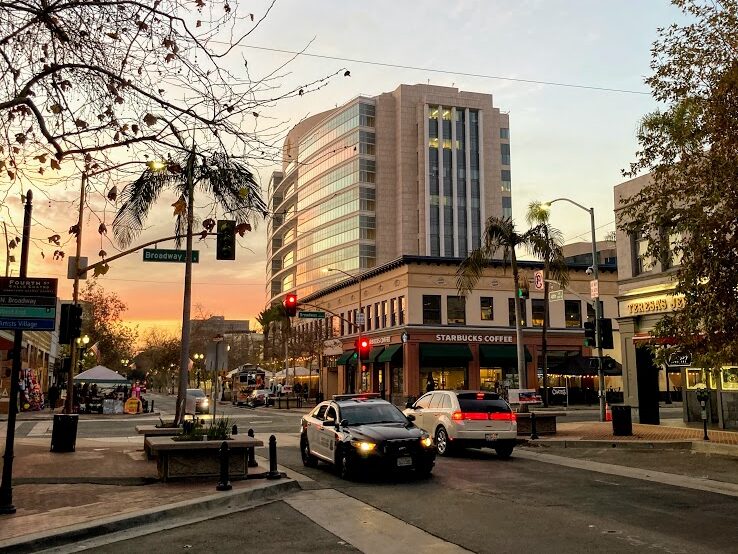How Urban Housing Shortages Fuel Costly Climate Disasters

How do urban housing shortages caused by tight zoning and other land use regulations increase the risk of climate disaster?
In Relational Geographies of Urban Unsustainability: The Entanglement of California’s Housing Crisis With WUI Growth and Climate Change, Miriam Greenberg, Hillary Angelo, Elena Losada, and Christopher C. Wilmers connect insights from urban social science, planning, and the natural sciences to argue that high housing costs in center cities – which are the result of strict regulations (and often, bans) on infill and multi-family housing – displace people to relatively-more affordable exurbs in the wildland-urban interface (WUI), where they are at increased risk of climate disasters from fires, floods, and other extreme, climate-driven events.
Key Takeaways:
- Where previous researchers assumed people’s desire to live near natural amenities was “pulling” development into the WUI, these writers identify the high cost of urban housing as a “push” factor driving sprawl in the relatively more affordable WUI exurbs.
- Researchers studying growth in the WUI and its relationship to climate risk should expand their analysis to include the urban housing market factors that influence growth at the urban periphery.
- Efforts to curb sprawl in the WUI and ensure climate resilience should include action on the urban housing affordability crisis, particularly in California.
In this mostly analytical article, the authors make the case that existing research on climate risk in the WUI is too siloed, and that a cross-disciplinary approach is necessary.
After detailing the rapid growth of housing in the WUI, both at the interface of urban areas and wildlands, and within actual wild forest and grasslands, they turn to the under-examined question of why people are moving to the WUI.
Where previous researchers assumed, based on little or no empirical evidence, that WUI housing growth was driven by “a desire to live closer to nature,” the authors argue that “rapid WUI growth since the 1990s should be understood in relation to another historically contemporaneous dynamic: the ‘push’ factor of affordable housing crises in driving exurban development, particularly in California.”
Further, they identify distinct economic motivations driving WUI growth, distinguishing between “affordable exurbs” and “recreation exurbs.” While rich San Franciscans, for example, might move to Tahoe to ski and live “in harmony with nature,” lower-income families from the San Francisco metro area move to the exurbs of Stockton – because they can’t afford urban rents and home prices.
Meanwhile, both types of exurban WUI development increase the risk of severe climate disaster, particularly fire.
While the relationship between urban housing affordability and exurban growth in places with high climate risk may be self-evident to environmentalists and urban YIMBYs, it remains under-studied in academia: “there is no systematic, scholarly literature linking these housing market dynamics to WUI growth, nor to fire danger and other climate-related environmental risk.”
The researchers argue that the Northern California Megaregion, which includes the Bay Area, Sacramento, Monterey Bay, and the Northern Joaquin Valley, where explosive job growth in the central Bay Area was accommodated by sprawl deep into the WUI rather than infill, is a leading and extreme example of this dynamic.
The authors conclude that urban housing unaffordability is a major motivator for migration into high-hazard zones in the WUI, and that policymakers must integrate state, local, and federal housing policy with climate policy to encourage infill in climate-resilient cities rather than exurban sprawl.
Photo by CharlieM1021, CC BY-SA 4.0, via Wikimedia Commons